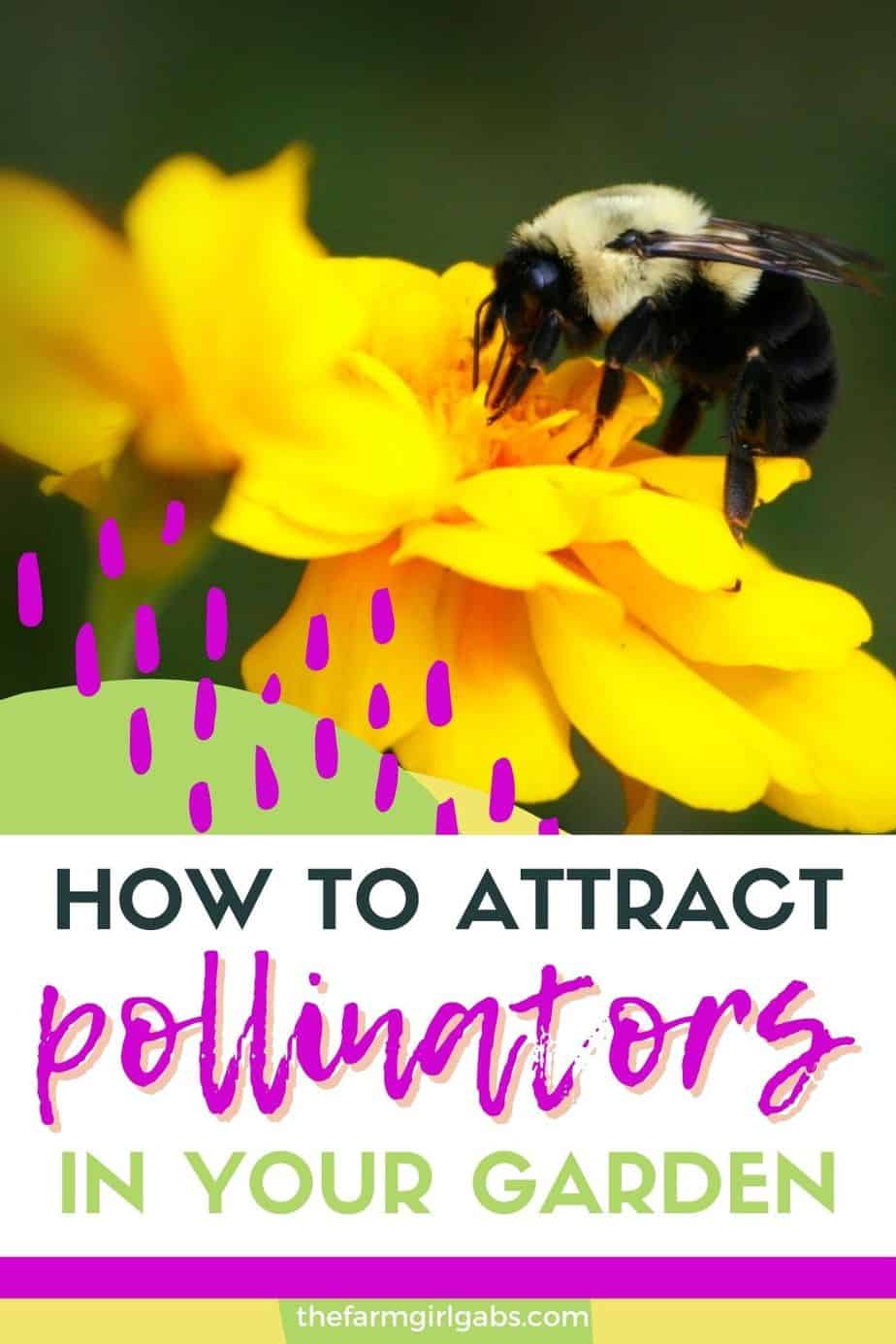Attract Pollinators to Urban Gardens

How to Attract Pollinators to Urban Gardens
In the heart of the city, where concrete jungles dominate, you might think that attracting pollinators to your urban garden is a tall order. But with a bit of know-how and some strategic planning, you can transform your city garden into a buzzing haven for bees, butterflies, and other urban pollinators. Let's dive in and explore how to attract pollinators to urban gardens.
Understanding Urban Pollinators
Before we get into the nitty-gritty, let's understand who these urban pollinators are. Bees, butterflies, hummingbirds, and even some beetles and flies are crucial for garden pollination. They transfer pollen from one flower to another, helping your plants reproduce and thrive.
Why Attract Pollinators?
Attracting pollinators isn't just about having a pretty garden. It's about supporting local ecosystems and boosting your garden's productivity. More pollinators mean more flowers, fruits, and vegetables. It's a win-win!
Planting for Pollinators
Choose the Right Plants
Pollinators are drawn to certain plants like moths to a flame. Native plants are always a good choice, as they've co-evolved with local pollinators. Aim for a variety of colors, shapes, and sizes to cater to different preferences.
Go for a Butterfly Garden
Butterflies are not only beautiful, but they're also excellent pollinators. Plant milkweed for monarchs, and include other butterfly favorites like aster, black-eyed Susan, and cone flowers.
Don't Forget the Bees
Bees are the superheroes of the pollinator world. Attracting bees can be as simple as planting bee-friendly flowers like lavender, sunflowers, and borage. Remember, bees see in the ultraviolet spectrum, so blue, purple, and yellow flowers are particularly appealing.
Designing Your Garden
Think in Layers
Aim for a mix of ground covers, shrubs, and trees to provide food and shelter at different heights. This will attract a wider range of pollinators.
Create Habitat
Pollinators need more than just food. They need places to nest and rest. Include features like bee hotels, butterfly boxes, and birdhouses in your garden design.
Maintaining Your Garden
Go Easy on the Pesticides
Pesticides can be harmful to pollinators. Opt for organic or natural pest control methods whenever possible. Remember, a few holes in the leaves won't hurt, but a garden without pollinators will.
Provide Water
All living things need water, and pollinators are no exception. A shallow birdbath or even a saucer filled with water and pebbles can provide a much-needed drink.
Community and Education
Get Involved
Join local gardening groups or volunteer at community gardens. Sharing knowledge and resources can help everyone's gardens thrive. Check out the National Wildlife Federation's guide for more tips.
Educate Others
Share your passion for pollinators with others. Host a garden tour, give a talk at a local school, or simply chat with your neighbors about the importance of urban pollinators.
Troubleshooting Common Issues
No Pollinators?
If your garden isn't buzzing with life, don't despair. It might take time for pollinators to discover your oasis. Keep planting, keep maintaining, and keep learning.
Too Many Pests?
Remember, not all insects are pests. Many are beneficial, either as pollinators or predators of actual pests. Before you reach for the insecticide, consider if those bugs might be doing more good than harm.
Conclusion
Attracting pollinators to urban gardens isn't just a hobby; it's a way to support and nurture your local ecosystem. With the right plants, a bit of design savvy, and a commitment to maintaining a pollinator-friendly space, your city garden can become a thriving hub for bees, butterflies, and more. So, what are you waiting for? Let's get planting!
FAQs
Q: What are the best plants for attracting bees?
A: Bees love flowers that are rich in nectar and pollen. Some favorites include lavender, sunflowers, borage, and wildflowers like clover and dandelions.
Q: How can I attract butterflies to my garden?
A: Planting a butterfly garden with species like milkweed, aster, and cone flowers can attract butterflies. Also, provide flat stones for basking and shallow water sources.
Q: Are there any pollinators besides bees and butterflies?
A: Yes! Hummingbirds, beetles, flies, and even some bats are important pollinators. Planting a variety of flowers can attract a diverse range of pollinators.
Q: How can I provide water for pollinators?
A: A shallow birdbath or a saucer filled with water and pebbles can provide a safe water source for pollinators. Make sure to change the water regularly to prevent mosquito breeding.
Q: Why is it important to attract pollinators to urban gardens?
A: Pollinators are crucial for garden pollination and supporting local ecosystems. They help increase the productivity of your garden and contribute to the overall biodiversity of urban areas.
0 Response to " Attract Pollinators to Urban Gardens"
Post a Comment